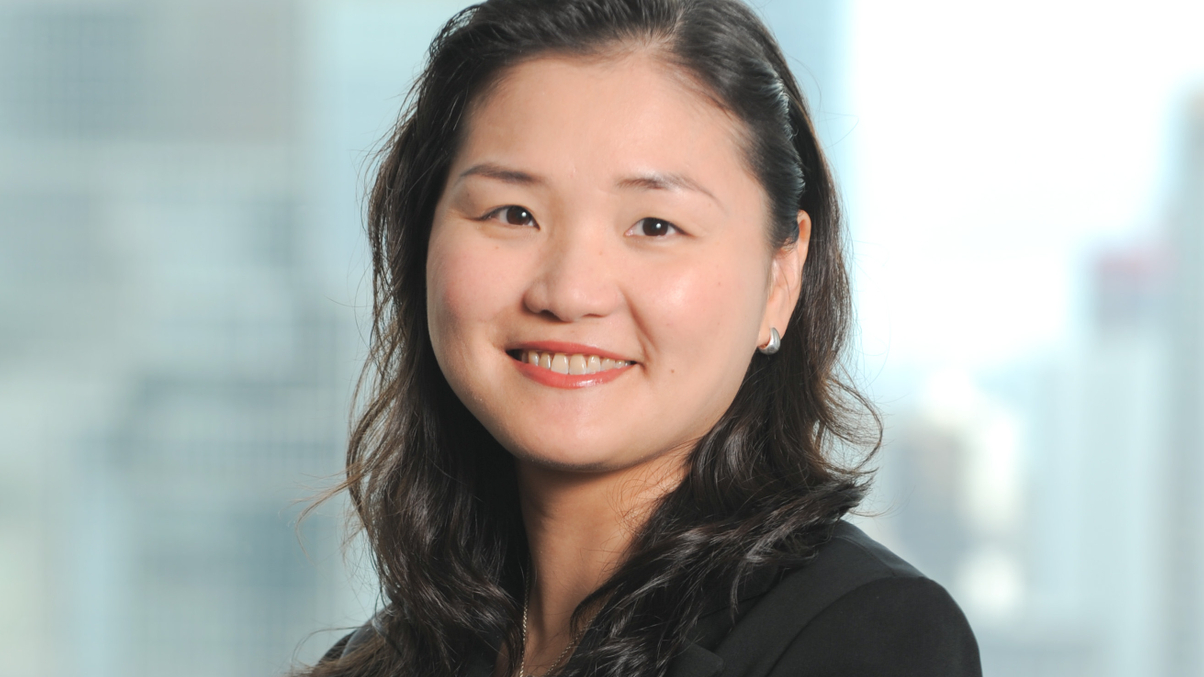ETF firms ready more products, mull strategies
Lippo Investments Management awaits approval for its first exchange-traded fund, while db X-trackers expects to list more ETFs in Asia this year, and others look set to follow suit.

Lippo Investments Management last week submitted its first exchange-traded fund for approval in Hong Kong, as other ETF providers prepare products*, with the focus likely to remain on simplicity and Asian underlyings.
Sign In to Your Account
Access Exclusive AsianInvestor Content!
Please sign in to your subscription to unlock full access to our premium AI resources.
Free Registration & 7-Day Trial
Register now to enjoy a 7-day free trial—no registration fees required. Click the link to get started.
Note: This free trial is a one-time offer.
¬ Haymarket Media Limited. All rights reserved.


